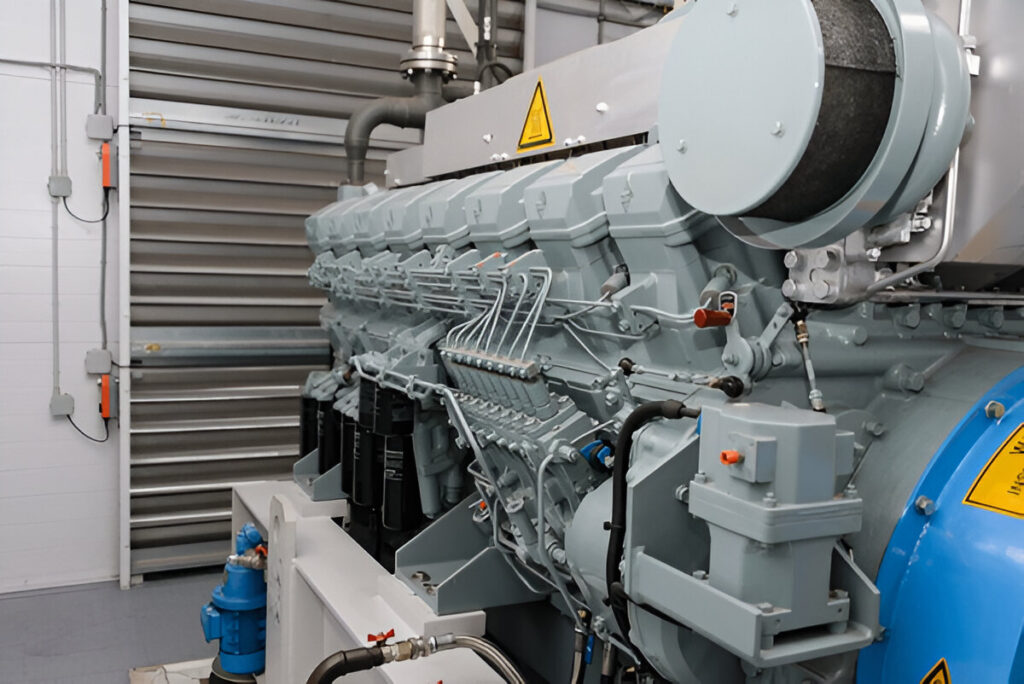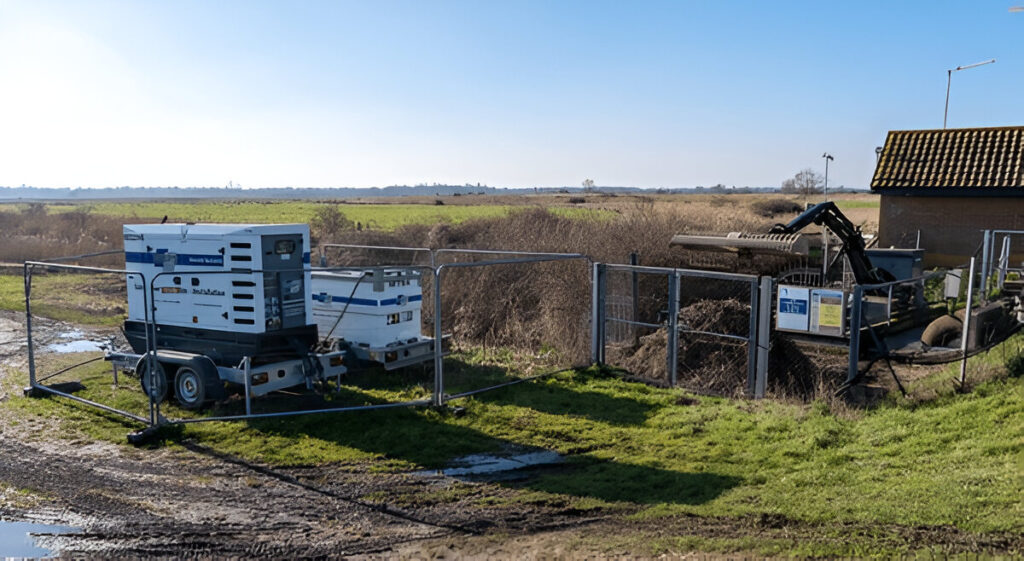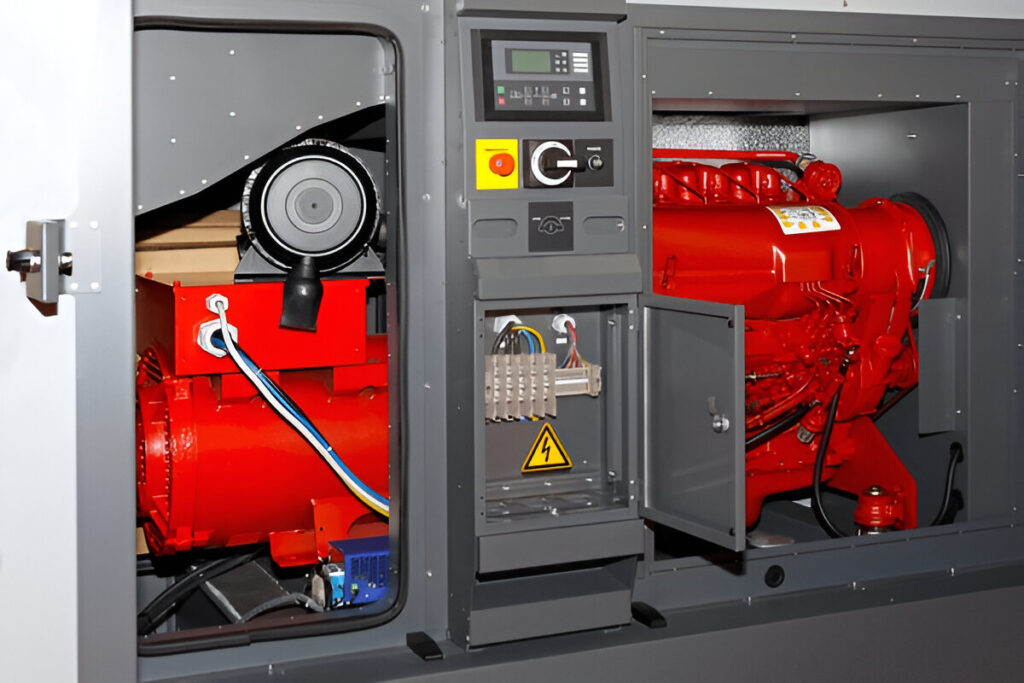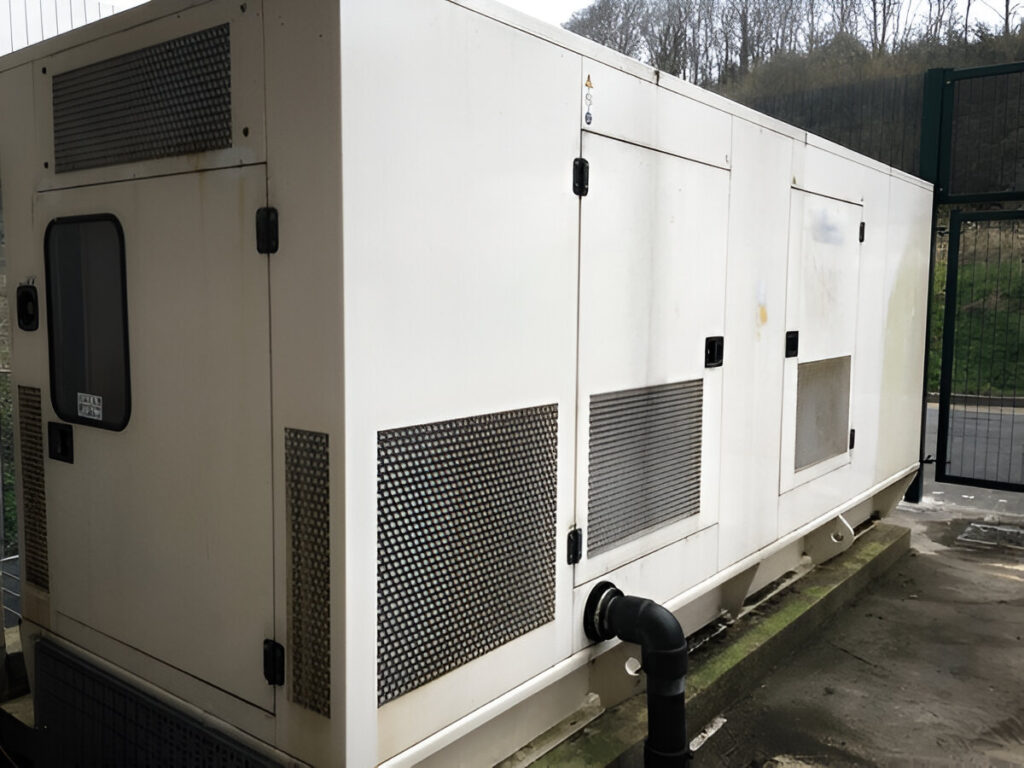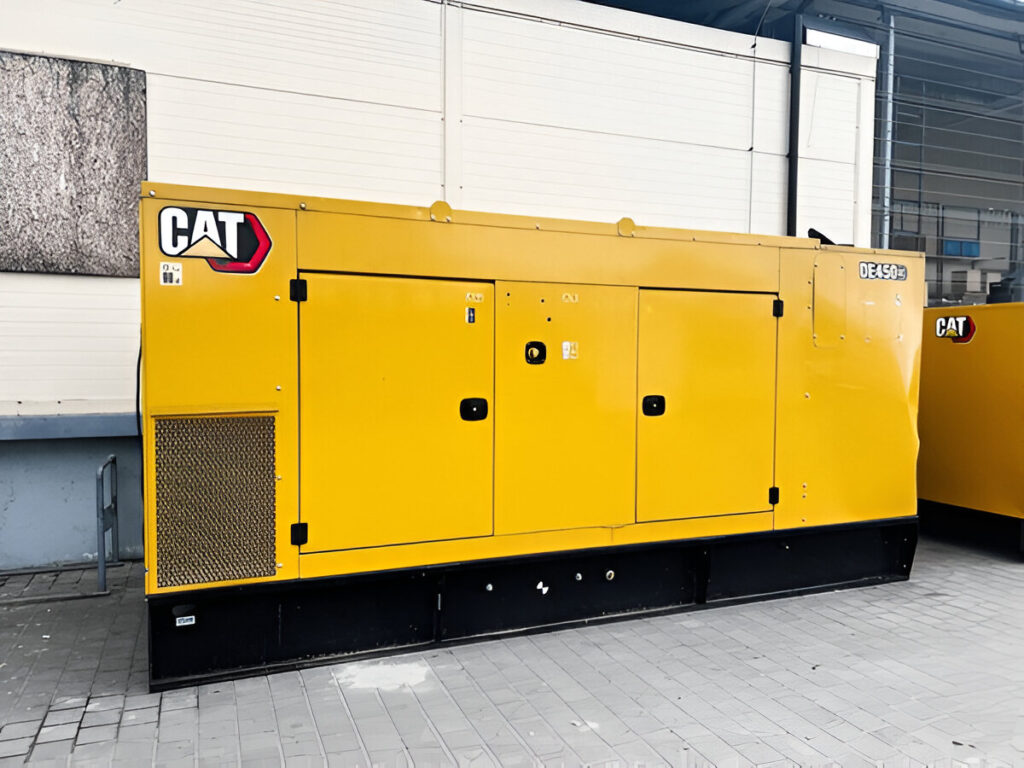When it comes to ensuring reliable backup power, two common options dominate the market: Portable Diesel Generators and Standby Generators. Both serve the purpose of keeping your home, office, or job site running during a power outage, but their functions, capabilities, and usage scenarios differ significantly.
Understanding the key differences can help you choose the right generator for your needs—whether you’re a homeowner preparing for emergencies or a business protecting critical operations.
What Are Portable Diesel Generators?
Portable diesel generators are compact, movable machines designed for short-term use in areas where access to electricity is limited or interrupted. These units typically have wheels or handles, making them easy to transport.
Key benefits include:
- Mobility and flexibility
- Lower upfront cost
- Easy setup
- Ideal for small power needs (like tools, appliances, or RVs)
However, portable generators usually have smaller fuel tanks, require manual startup, and are not designed for continuous or heavy use. They’re excellent for temporary power but may not be the best option for large buildings or sensitive equipment.
What Are Standby Generators?
Standby Generators are permanently installed systems that automatically turn on when the power goes out. These are ideal for homes and businesses that can’t afford interruptions—like medical facilities, data centers, or households with critical systems like sump pumps or oxygen machines.
Advantages of standby generators include:
- Automatic operation
- High power capacity
- Reliable for long-term outages
- Connected to your home’s electrical panel and fuel source
While the upfront cost and installation process are more complex, the peace of mind and convenience they offer are unmatched.
For instance, many commercial users rely on high-end systems from trusted names like the Caterpillar Generator Company for uninterrupted performance.
Fuel and Power Capacity: A Key Difference
Portable generators typically range from 1kW to 10kW in power, whereas standby generators can offer from 10kW up to 150kW or more. The type of fuel also matters.
Portable units often run on gasoline or diesel, while standby units can be powered by natural gas, propane, or diesel—depending on what’s available.
If you’re looking for options that balance both fuel efficiency and long-term reliability, diesel motor generators are a popular pick, especially in remote or industrial settings.
Installation & Operation
Portable generators are simple: pour fuel, pull the cord, and plug in devices. But that simplicity comes with limitations, especially when dealing with complex power needs.
Standby generators require professional installation, usually involving:
- Electrical integration
- Fuel line connections
- Automatic transfer switches
Once installed, they run with zero human intervention. This is especially valuable in regions with frequent storms or unreliable grids.
Looking to explore a generator for sale that meets long-term needs? Check out options here to find what fits your application.
Use Case: When to Choose Which?
Choose Portable Diesel Generators if:
- You need power on the go (camping, job sites, mobile vendors)
- You’re budget-conscious
- You only need short-term power during brief outages
Choose Standby Generators if:
- You own a business that cannot afford downtime
- You want seamless power restoration
- You have critical systems at home (e.g., medical devices)
If you’re seeking reliability and permanence, investing in a for sale generator that’s tailored to standby use is the smarter option.
Noise Levels and Environmental Impact
Another important difference is noise. Portable generators are generally louder due to open-frame designs, whereas standby generators are often enclosed with soundproofing and ventilation systems.
Many new models also offer eco-friendly and low-emission options. Want quiet, efficient operation? Consider pairing with a generator enclosure for added noise reduction and weather protection.
Maintenance & Lifespan
Portable generators, while convenient, often require frequent oil changes, filter replacements, and manual inspections. Because they’re exposed to the elements and used inconsistently, wear and tear can build up fast.
Standby generators, on the other hand, have longer lifespans with regular maintenance. Most models run weekly self-tests to ensure they’re ready when needed. This “set it and forget it” reliability makes them perfect for home and commercial use.
Cost Considerations
Portable diesel generators are much cheaper upfront—ranging from $500 to $3,000. Standby systems, however, can range from $4,000 to $15,000 or more including installation.
But remember: you’re not just buying a generator. You’re investing in peace of mind. For high-performance, long-life solutions, explore premium units like caterpillar generators available across Canada.
Final Thoughts
Choosing between Portable Diesel Generators and Standby Generators comes down to one question: how critical is your need for power?
If you just want to charge devices during a storm, a portable model will do. But if you run a business, have essential home systems, or live in an area with frequent blackouts, a standby unit is a wise investment.
Whether you’re browsing options for your business or simply exploring generators for sale, make sure to assess your long-term needs, budget, and location. Backup power isn’t just a luxury anymore—it’s a necessity.

